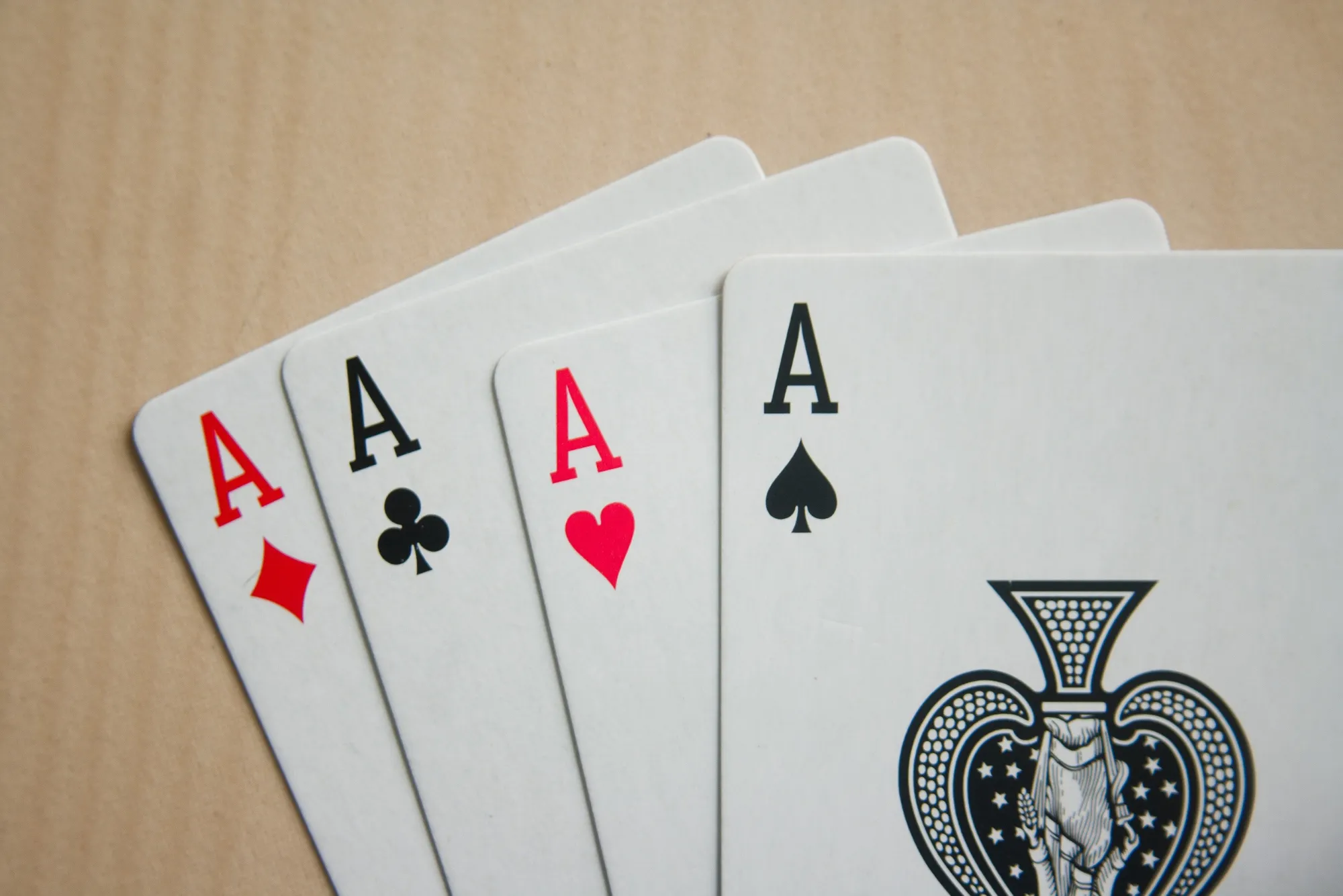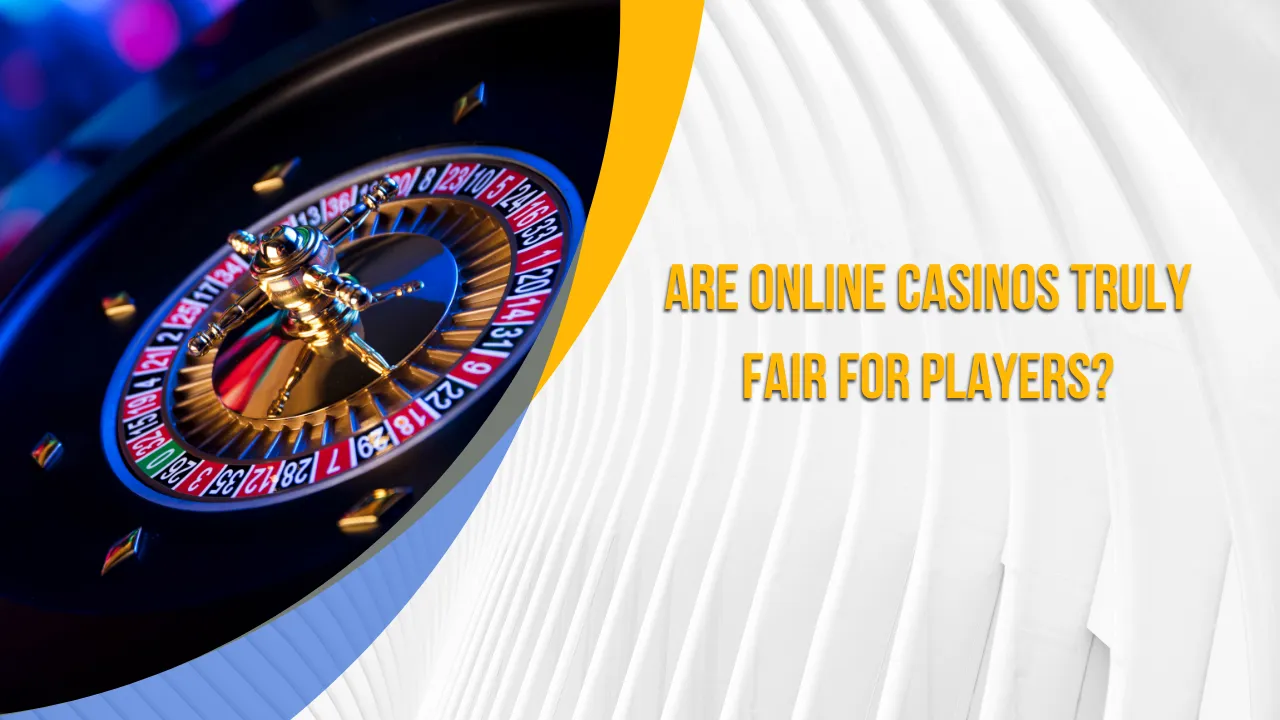Every spin on a slot machine or virtual reel carries with it a flicker of hope. When the symbols line up such that the third reel comes tantalizingly close to a winning combination—just one symbol shy—that moment of “almost win” can feel like victory itself. As a long-time gaming enthusiast and occasional consultant for casino platforms, I’ve always been intrigued by the intentional design behind these near-miss experiences. In this article, I’ll pull back the curtain on the psychology of almost wins: why casinos display them, how they influence our emotions, and what it means for responsible play and smarter betting.
The sensation of almost winning transcends the mere outcome of a spin. In that split second, your brain lights up, processing excitement, disappointment, and the urge to try again. It’s not an accident. Game designers intentionally program near-miss outcomes to occur at higher rates than pure randomness would suggest. The result is a roller-coaster of emotions that keeps you engaged and—often—reaching for more coins or credits.
In an age where payment flexibility matters, many players are exploring paypal betting sites to fund their gaming sessions. By offering fast, secure deposits, these platforms ensure you’re focused on the game’s thrill—especially those buzzy near-miss moments—rather than worrying about transaction delays.
The Near-Miss Effect Explained
At the heart of “almost wins” is the near-miss effect, a well-documented phenomenon in cognitive psychology. When you see two matching symbols and the third precariously adjacent, your brain unconsciously interprets that experience similarly to a small win. Functional MRI studies show that near-miss outcomes activate the same reward circuitry—particularly the ventral striatum and insula—that responds to actual monetary gains.
How Casinos Engineer Near-Misses
While slot machines and modern video slots rely on random number generators (RNGs) to determine outcomes, the visual representation of that randomness can be manipulated. Behind the scenes, developers assign weights to symbol positions so that near-misses appear more frequently than true random spacing would produce. In practice, this means you might experience a near-miss one in every six losing spins, rather than one in countless thousands as pure chance predicts.
This deliberate design doesn’t change the mathematical return-to-player (RTP) rate, but it does alter your subjective experience. You feel as though you’re “almost there,” sparking the urge to try again and chase that near-catch moment.
Why Almost Wins Captivate Us
Our attraction to near-misses ties back to fundamental human tendencies. We’re wired to learn from close calls—imagine narrowly avoiding a car accident—and to keep trying until we succeed. In a casino context, near-miss visuals exploit this learning drive.
Emotional Roller-Coaster
I remember one evening playing a jewel-themed online slot. Reel after reel, I kept seeing two matching diamonds and a third just one position off. Each time, my heart raced, only to sink moments later. That emotional whiplash kept me spinning far longer than I’d planned. It felt like each near-miss was a sign that my big win was lurking just around the corner.
Illusion of Control
Near-misses fuel the illusion of control—the belief that our actions, like stopping the reel at just the right moment, influence the outcome. Even though modern slots are electronic and automated, players still clutch the lever or tap the spin button as if timing matters. Those almost-win frames reinforce that illusion, making us feel we can coax the reels to cooperate.
Practical Insights for Players
Understanding how near-misses work can help you maintain balance and make more informed decisions during play.
Recognize the Mechanic
When you notice a pattern of near-misses, remind yourself that it’s part of the game’s design, not a random stretch of bad luck. That awareness can help you resist the urge to chase losses and stick to your predetermined budget.
Set Session Limits
Emotional highs and lows from almost wins can blur your perception of time and money spent. Before you play, decide on a credit limit and time frame. Use built-in casino timers or external alarms to know when it’s time to walk away.
Choose Transparent Games
Some developers are more open about their near-miss features, even listing the frequency in game rules. Prioritize games that provide clear information about bonus triggers, RTP, and mechanics. Transparency fosters trust and can make your gaming session more enjoyable.
Real-World Example: Bar-Top Slots vs. Online Reels
In traditional bar-top or land-based slots, you might notice a mechanical whirr and see the reels come to a gentle stop just shy of a winning line. That tactile, tangible experience can feel more intense than the digital equivalent. However, online slots have taken near-miss design to a new level, using animations, sound effects, and celebratory music stings that heighten the illusion of a near catch.
During a visit to a casino trade show, I watched developers demo a new video slot that intentionally exaggerated near-miss animations—flashing lights, on-screen messages like “So Close!” and brief slow-motion effects. The crowd’s reaction was electric: cheers for those near-catches and groans when the final symbol slipped away. It was clear that near-miss design is as much about showmanship as it is about psychology.
Ethical Considerations and Responsible Play
While near-misses offer excitement, they also raise ethical questions. Players susceptible to problem gambling may find themselves chasing those almost wins in a destructive pattern.
Industry Guidelines
Many regulatory bodies now encourage—or even require—slot providers to limit the frequency and intensity of near-miss effects. Some jurisdictions mandate visible session clocks, loss counters, or mandatory breaks after extended play. These measures can help mitigate excessive gambling fueled by relentless near-miss experiences.
Player Education
As a community, we must foster transparency and education. Blogs, casino help centers, and in-game pop-ups can inform players about near-miss mechanics. Knowledge empowers you to enjoy the fun aspects of slots while staying mindful of risks.
A Balanced Perspective
Near-miss visuals are undeniably powerful. They tap into our reward circuitry, emotion-driven decision-making, and innate desire to learn from close calls. But that power doesn’t have to lead to unhealthy habits. By recognizing the science behind almost wins, setting clear play boundaries, and choosing games with transparency, you can savor the thrill without losing sight of the line between entertainment and compulsion.
Conclusion
The psychology behind showing “almost wins” is a fascinating blend of cognitive science, design artistry, and emotional engagement. Casinos and game developers harness near-miss mechanics to amplify excitement, prompting players to keep spinning in pursuit of that elusive strike. Yet with awareness and responsible play practices—like choosing paypal betting sites that support self-exclusion features, setting session limits, and preferring games with clear mechanics—you can enjoy the rush of slot action without falling into the trap of chasing near-misses. Next time you see two matching symbols and a third just out of place, remember: it’s a well-crafted moment of suspense, engineered to delight—and sometimes tease—the avid player.






